Hands On Geography: Volcanoes
Our favorite way to explore history, geography, and science is through hands on projects. This hands on geography lesson is all about volcanoes. We explored multiple ways to create a volcano as well as the terminology and some history surrounding volcanoes.
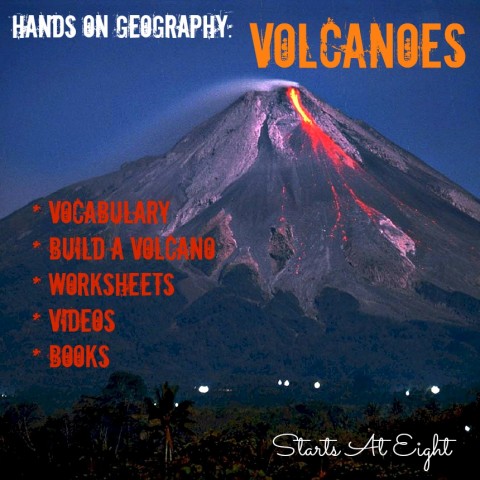
As many of you know North Star Geography has been a big part of our homeschool. It has provided our high school student with a well rounded world geography course, as well as spurred numerous hands on endeavors into geography for all of our children. These hands on volcano activities came from one of the North Star Geography units.
To learn more about North Star Geography you can check out Planning High School Geography with North Star Geography.
Volcano Vocabulary
- magma – hot fluid or semi-fluid material below or within the earth’s crust from which lava and other igneous rock is formed by cooling
- lava – magma that has come to the surface
- pillow lava – lava that contain characteristic pillow-shaped structures that are attributed to the extrusion of the lava under water
- pahoehoe lava –
- aa lava –
To learn more about lava types check out this article from SandAtlas
- igneous rocks – are crystalline solids which form directly from the cooling of magma. This is an exothermic process (it loses heat) and involves a phase change from the liquid to the solid state. The earth is made of igneous rock – at least at the surface where our planet is exposed to the coldness of space. Igneous rocks are given names based upon two things: composition (what they are made of) and texture (how big the crystals are). To learn more check out these Igneous Rock Facts
Types of Volcanoes
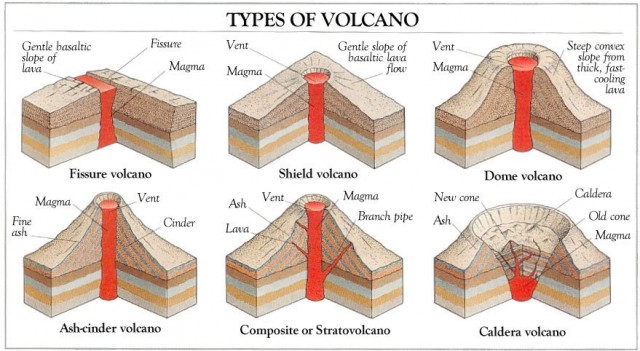
- shield volcano
- cinder volcano
- composite volcano
- caldera volcano
- fissure volcano
- dome volcano
Famous Volcanoes
Researching any or all of these famous volcanoes can be a fun way to learn about volcanoes. Asking questions like: Where is it? When did it erupt? What effect did it have? Is it still active? You can also print a world map using WonderMaps by Bright Ideas Press and label where each volcano is located.
- Mount Vesuvius
- Krakatoa
- Mount St. Helens
- Mount Tambora
- Mauna Loa
- Eyjafjallajokull
- Mount Pelée
- Thera
- Nevado del Ruiz
- Mount Pinatubo
- Santa Maria
- Parfcutin
- Surtsey
Creating a Volcano
1. Baking Soda and Vinegar
This is an easy way to recreate a classic volcanic eruption. While we did ours with a pre-purchased volcano form, you can also use a small plastic cup, clay and a plate to create your own volcano form. Simply cut a hole in the bottom of the cup and turn it upside down on the plate. Use clay to seal the cup to the plate and build it up around the cup to make your volcano form.
To create the eruption you place 1/4 cup of baking soda into the cup. Then pour 1/4 cup of vinegar in and watch it erupt! If you want a more realistic color you can add some red food coloring to the vinegar before pouring.
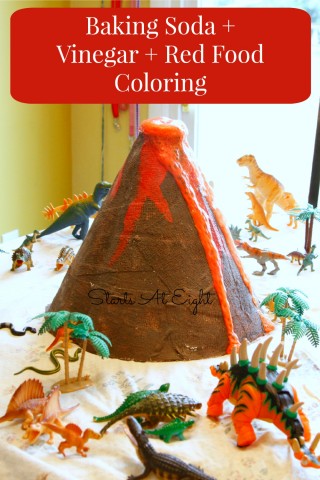
Please Note: We set our pre-made paper mache’ volcano up and our little one surrounded it with dinosaurs. This can make a great project/science experiment for multiple ages.
2. Mentos and Diet Coke
This is a messy one and should be conducted outside. Simply open a bottle of diet Coke and place it on the ground outside. Drop Mentos candy into the bottle and run!
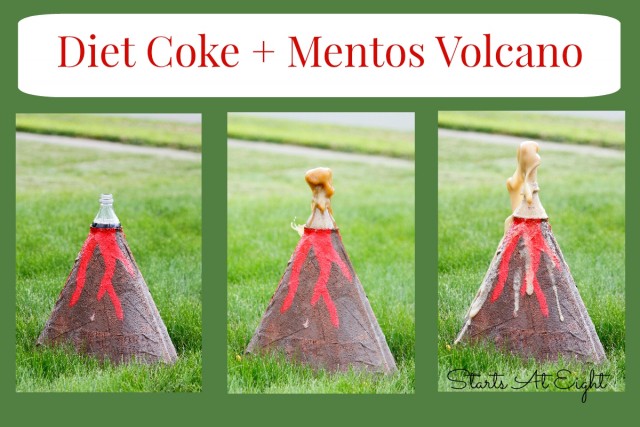
Please Note: We used a 20 oz bottle so it would fit in our volcano mold. If you use a 2 liter bottle the reaction will be bigger. Also use more than one piece of candy, we used 4 in the 20 oz bottle.
3. Physical Reactions
The first two reaction make fun eruptions, but do not represent how a volcanic eruption actually works. You can find two great experiments that demonstrate more accurately how volcanic eruptions work in Lesson 6 of the North Star Geography program. This and so much more is why we love North Star Geography.
More Volcano Resources
FREE Volcano Worksheets – labeling, vocabulary, detailed activities and more.
https://youtu.be/Xznc78EkT0E?t=3s
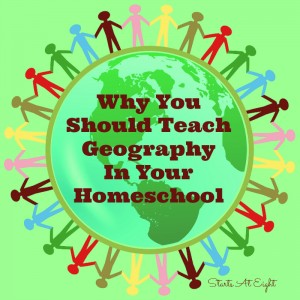
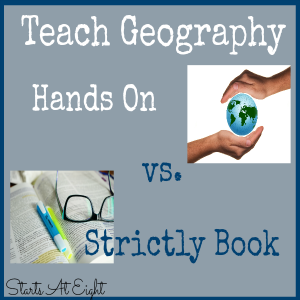
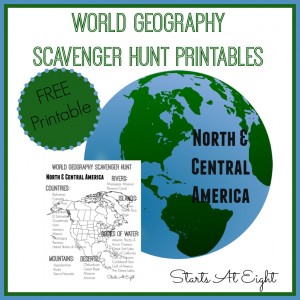
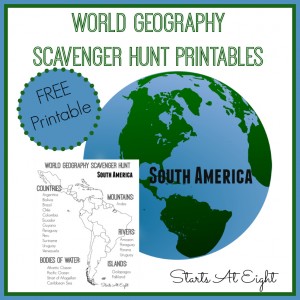
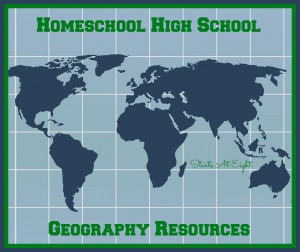
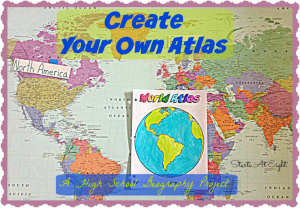
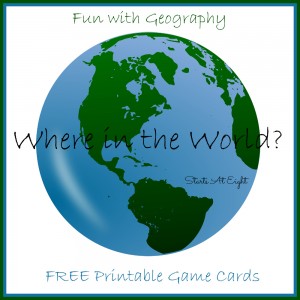
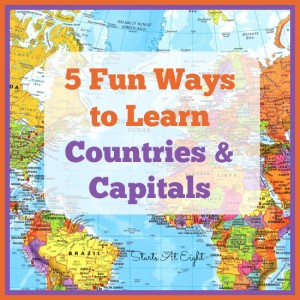



Finishing Strong #61 - Eva Varga
September 30, 2015 @ 9:12 am
[…] I’d like to highlight a post from Starts at Eight, Hands-On Geography: Volcanoes. Heidi’s post is very timely for us and was a great refresher on the geology of volcanoes as […]